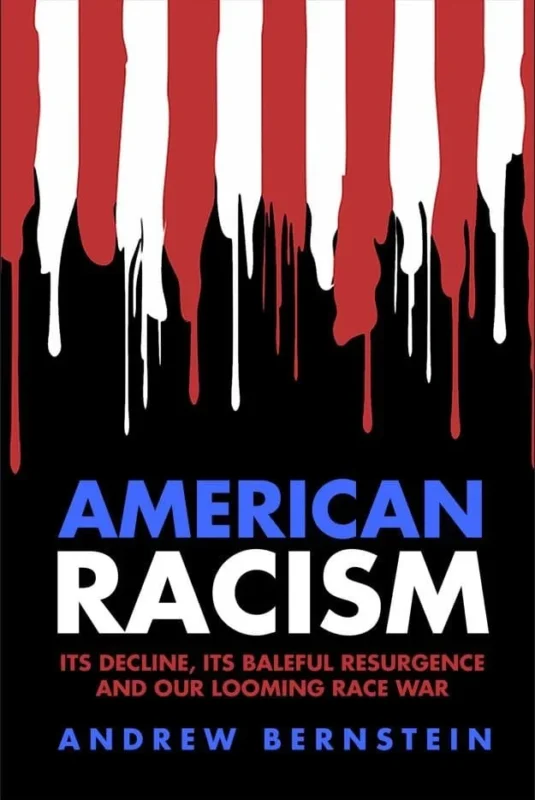A review of both volumes of my book Money, Banking, and the Business Cycle (Palgrave Macmillan, 2014) appeared in the fall 2015 issue of The Independent Review. Money, Banking, and the Business Cycle provides a comprehensive defense of Austrian business cycle theory (ABCT). It shows that a free market in money and banking will create the most stable banking and monetary system that is possible.
The review of the book is not of very high quality. It appears that the reviewer either did not read the book carefully or did not read all of the book. There are a number of inaccuracies in the review. The reviewer appears to be critiquing what he surmises the book says instead of what it actually says. Nonetheless, the review gives me a chance to highlight some of the virtues of the book.
One of the shortcomings of the book, according to the reviewer, is my uncompromising defense of ABCT. I state in the book that ABCT is the only valid theory of the business cycle because it is the only one that makes sense logically and explains all the facts of the cycle. This leads the reviewer to question my critique of other theories of the business cycle. He “wonders if what is being presented [in the book] is a reasonable version of other theories and points of view, such as Keynesianism.” This statement provides the first evidence that the reviewer did not read the book very carefully. I provide extensive quotations and references to supporters of the theories I critique to provide the best possible exposition of their theories. For example, I provide over forty quotations from Keynes in my critique of Keynes’s theory of depressions and fluctuations. (vol. 2, pp. 18-42) I allow him to, in essence, present his theory himself so readers can see firsthand what he said. In addition, in my critique of real business cycle theory (RBCT), I provide references to over fifteen sources from advocates of RBCT. (vol. 2, pp. 272-274) I go into painstaking detail to describe my opponents’ theories. This enables me to provide a thorough refutation of their theories.
The reviewer also says that a deficiency of the book is that it does not focus on how ABCT explains the effects of the cycle, in particular how ABCT says there will be greater investment in long-term investment projects and less investment in short-term investment projects during the expansion phase of the cycle. However, I discuss this extensively. I have a whole section on the effects of the business cycle in each of the four chapters devoted to the presentation of empirical data on the cycle. (vol. 1, chapters 5, 6, 8, and 9) As a part of these chapters, I provide 27 exhibits that illustrate the effect of the business cycle on changes in investment in the economy and 34 total exhibits on the effects of the business cycle. The data I present that illustrate the effects include unemployment, business failures, gross domestic product (GDP), gross national revenue (a more comprehensive measure of spending and output than GDP), and industrial production (including for consumers’ goods, intermediate goods/non-industrial supplies, durable and non-durable manufactured goods, and minerals/materials). It would be impossible to read the book and not see all the data and discussion on the effects of the cycle I present and how ABCT explains those effects.
The reviewer then claims that my use of John Law’s financial scam (a.k.a., the Mississippi Bubble) that took place in 18th century France provides a weak defense for the explanatory power of ABCT because ABCT states that a business cycle involves more than just a financial bubble and the reviewer thinks that Law’s scam involved only a financial crisis. It is true that a business cycle is characterized by more than just a financial bubble. However, I discuss the effects on the production of goods and on interest rates of the financial bubble created by Law’s scam. For example, I discuss the effects of the bubble on the French plate glass industry and the production of goods in general. (vol. 1, p. 176) Law’s scam provides an excellent example of the explanatory power of ABCT because the actions by Law to increase the money supply had the exact effects on the French economy predicted by ABCT. But the reviewer appears not to have read this part of the book.
The reviewer also claims that I state that the fall in the money supply during the Great Depression was not a relevant factor to the severity of that depression. However, while I state that the fall in the money supply was not the main problem during the Great Depression (vol. 1, p. 199), nowhere do I state that it was irrelevant. The main problem consisted of the regulations that led to greater inflation in the 1920s, few reserves at the base of the monetary system just prior to the start of the Great Depression, and dramatic declines in investment during the Great Depression. (vol. 1, pp. 199-218) If the money supply had not decreased, the Great Depression would have been less severe, but there were more fundamental problems that caused the money supply to decrease and had other harmful effects.
The reviewer also seems to think that ABCT cannot explain the contraction of the money supply during the Great Depression and that a monetarist explanation is needed to explain such a contraction. However, the contraction of the money supply was made possible due to the fractional-reserve nature of the monetary system that existed at the time. Further, one must note that (and as the reviewer states) an essential part of ABCT is the effects of credit expansion. Credit expansion sets the stage for a dramatic contraction of the supply of money. This is what happened during the Great Depression. So such a contraction is consistent with and easily explained by ABCT.
In addition, the reviewer states that ABCT does not explain the depth and duration of the Great Depression and, based on this, seems to think that I do not think ABCT explains the depth and duration of the Great Depression. However, I state that since the Great Depression was an episode of the cycle, the same factors that cause the business cycle in general caused the Great Depression. I also state that other factors were at work, besides those traditionally identified by ABCT, that turned what probably would have been a normal depression for the time into the Great Depression. But I emphasize that these nontraditional factors are perfectly consistent with ABCT. (vol. 1, pp. 187-188 and 195) ABCT explains the Great Depression because the nontraditional factors are easily integrated into ABCT.
Moreover, the reviewer seems to think that because I state that ABCT offers the only comprehensive explanation of the cycle, that I completely reject other theories of the cycle. This provides yet another indication that he did not read the entire book (or read it very carefully). I state, “Some [theories] . . . may offer valid explanations of some aspects of the cycle, but none of them fully explain the causes of the cycle or the monetary and real changes occurring in the economy as a result of the cycle.” To the extent that alternative theories explain some aspects of the cycle, they might be useful. However, they are not as useful as ABCT because they do not provide a full explanation. Furthermore, to the extent that they get some things wrong or do not explain certain aspects of the cycle, they are not valid as a theory of the cycle. For example, monetarist explanations properly recognize the significance of changes in the money supply in explaining the cycle. However, they fail to recognize that the root cause of the cycle is the credit expansion that occurs during the expansion phase of the cycle and that it is government interference that makes the credit expansion possible. Finally, they fail to recognize the changes in long-term versus short-term investment that take place as the result of the credit expansion.
In addition, in connection with my critique of Keynesian “price stickiness” the reviewer quotes me as saying that for a long period of time Keynesians merely assumed that prices and wages are inflexible. I do make such a statement. The reviewer believes my statement is not true. However, if he had looked at the note to this statement, he would have seen that I cited Keynesians who said this. (vol. 2, pp. 46 and note 3, p. 269; also see p. 63 and note 28, p. 270) I was not merely asserting that Keynesians did this. Keynesians themselves stated that this was what happened. Again, this shows that he did not read the book very carefully.
The reviewer also claims that I am wrong to argue that Keynesian so-called sticky price theory is a theory about how prices are inflexible in a free market. Instead he claims that the theory embraces the idea of government regulation causing the inflexibility. This could not be farther from the truth. As I show, Keynesians offer a litany of reasons why prices and wages are inflexible in a free market and ignore or evade the government interference that is responsible for the great majority of price and wage inflexibility. (vol. 2, pp. 47-50 and 56-59)
With regard to banking history, the reviewer states that I reject historical episodes that have been described as free banking (or close to free banking) periods by some economists as valid examples of free banking because they were not examples of “pure” free banking. However, I do not reject them as examples of free banking because they were not examples of pure free banking. I reject them as examples of free banking because there were significant amounts of government interference during these episodes. I state that these episodes are best described not as examples of free banking but of freer banking than other periods. (vol. 2, pp. 4, 142, and 188) Unfortunately, many economists either do not have a proper understanding of what a free market is, and thus think that many forms of government regulation of the market are consistent with a free market, or they do not have a proper understanding of the significant effects that various violations of property rights can have on the market. They thus misidentify periods of freer banking as free (or close to free) banking.
He also seems to think that because I do not think these episodes are examples of free (or close to free) banking that I do not think they are useful in helping us understand what will happen under free banking. However, I clearly state that the variation in the freedom of banking that has existed under different historical episodes can help us understand what will happen under free banking. (vol. 2, pp. 165, 166, 175, 176, 177, 187, and 213-216.)
The reviewer makes a number of other inaccurate statements about the book. Unfortunately, he did not give the book the attention it deserves. He did not take the time to understand what is actually said in the book. It appears that he read it (or parts of it) quickly. I encourage readers to spend the time necessary to understand what the book actually says. It is a radical departure from most books on the subject. That makes it more difficult to comprehend because the ideas in the book are in conflict with most people’s views on the subject. This does not mean that what the book says is not valid—truth is not determined by what the majority of people believe—it shows that knowledge on this subject is grossly deficient. A careful reading of the book will help change that.









